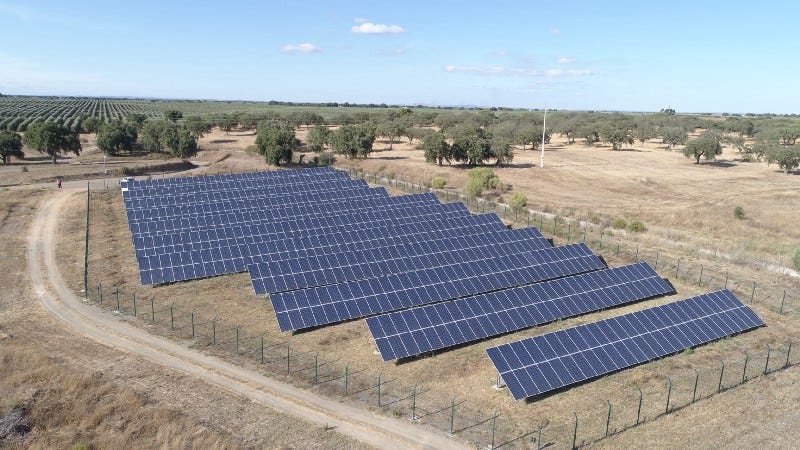
It is really hot in Texas this week. Temperatures are high, humidity is high in some places, and the sun is bearing down to raise temperatures to 100 F or more. Air conditioners are on high all over the place.
What is keeping those air conditioners running? Renewable, emission-free energy. Not more coal; not more natural gas. Rather it is wind, solar, and some nuclear.
Those sources are providing a reported 40% of the total energy in Texas this week. Solar, in particular, is well-positioned to contribute because it only produces when the sun is out, and when it is hot, the sun is out. That means that the spike in solar production aligns very nicely with the spike in need. At only 7.8% of total Texas electric generation, solar can grow a lot.
Implications
As the world tackles summer heat waves and air conditioning becomes a necessity for survival, the question of how to get the energy people need has created a headache for planners. To generate more electricity, more fossil fuel power plants appeared to be the answer, but of course, they are what is causing the problem in the first place. “Solar isn’t consistent enough,” everyone would say. “You can’t depend on it.”
Yet today, you can pretty much rely on the idea that heat waves come with sunshine. They also come with increased power needs to stay cool. In the past, utility companies have gone out to buy extra energy on the market when their area needed an increase. They could do it, but it was very expensive.
Solar energy, on the other hand, has no increase in cost. There is no fuel cost whatsoever, and it generates the highest amount of electricity just when the utility needs it most — in the middle of the heat wave. You don’t need a battery or storage to stabilize things either because all the energy will be used.
As usual, some surprises come when a new technology faces reality. Sometimes they surprise negatively, but this one is good. The more solar, the better for the grid during heatwaves.



